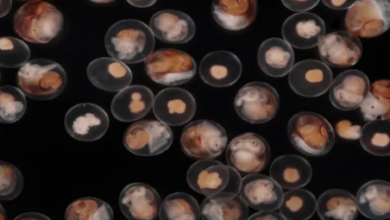“Tales of Arrakis: Unveiling the Realities Behind Dune’s Fictional World”

Renowned for its intricate worldbuilding, Frank Herbert’s Dune captivates with its complex societies, religions, and economic systems, all steeped in rich history.
READ: Navigating Amsterdam’s Waterways: A Canal Cruise Experience
Dune
At the heart of Herbert’s creation lies the desert planet Arrakis, colloquially known as Dune, renowned for its unforgiving climate and colossal sandworms. Serving as the primary backdrop for the novel and its cinematic adaptations, Arrakis continues to intrigue audiences worldwide. Director Denis Villeneuve’s latest endeavor, Dune: Part Two, slated for release on March 1, promises to further immerse viewers into this captivating universe.
While Herbert’s imaginative prowess crafted a fantastical realm, it also raised questions about the planet’s feasibility. Climate modeler Alexander Farnsworth from the University of Bristol, alongside his colleagues, delved into Arrakis’ climatic conditions through a computer simulation. Their findings suggest that while human habitation on the desert planet is plausible, Herbert’s placement of cities near the poles may necessitate relocation closer to the equator for optimal survival.
Moreover, the existence of the gargantuan sandworms, iconic inhabitants of Arrakis capable of swallowing mining equipment whole, stretches the boundaries of biological plausibility. Vertebrate paleontologist Patrick Lewis of Sam Houston State University underscores the physiological challenges these colossal creatures would face, citing limitations in oxygen absorption and structural support.
Through the lens of science, Arrakis’ climate simulation offers insights into its livability. However, discrepancies emerge between Herbert’s fictional portrayal and scientific analysis. For instance, the description of polar ice caps contradicts the scorching temperatures predicted for these regions, prompting reconsideration of the planet’s environmental dynamics.
Despite these disparities, Arrakis remains a tantalizing prospect for human colonization, albeit with significant technological support and adaptation. As for the fearsome sandworms, their existence poses intriguing biological conundrums, underscoring the intersection of imagination and scientific inquiry within Herbert’s extraordinary universe.




